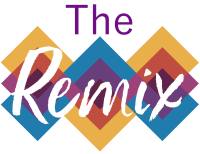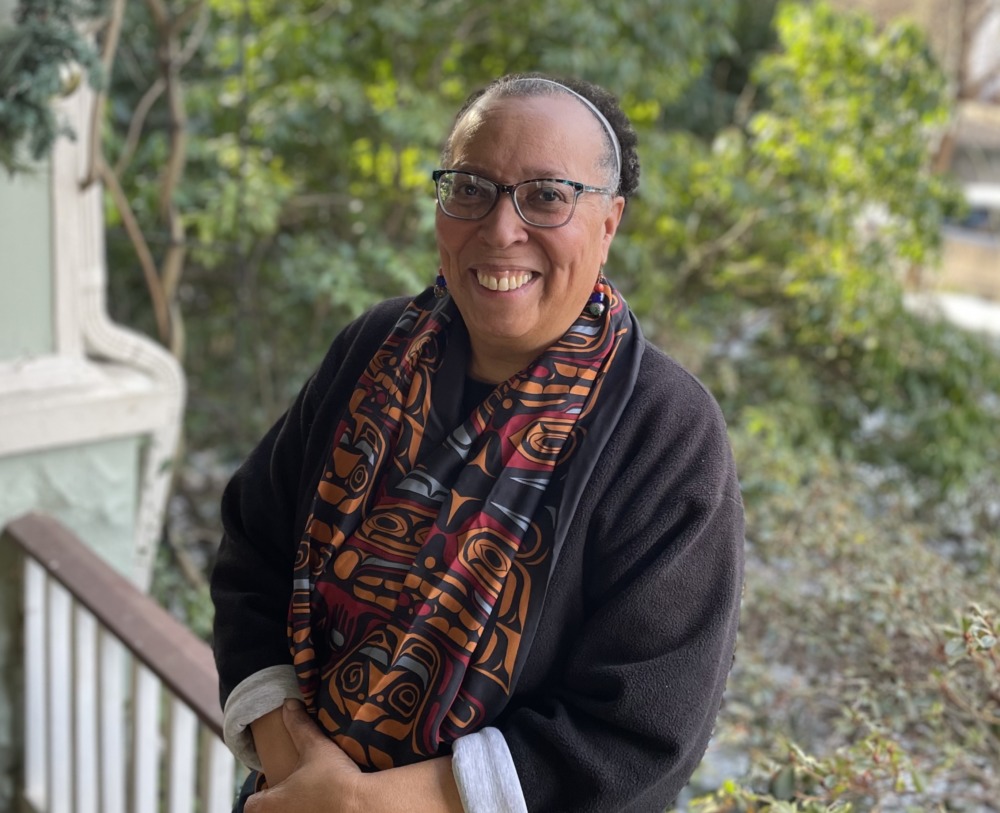All of us understand the importance of having supportive people, stable places and significant possibilities in our lives.
Most of us have had the experience of having one, maybe two of these life pillars shaken. But the foundation undergirding these pillars is inherently unstable for the more than 4 million youth experiencing homelessness each year.
The sudden and sustained closure of schools, libraries, recreation centers, drop-in centers and other places during the COVID-19 pandemic posed challenges for youth-serving outreach professionals trying to maintain connections, address their clients’ immediate needs and connect them with housing, counseling, health care, education and jobs.
 Disruption can create opportunity. But were homeless youth services providers able to adjust to this level of service disruption?
Disruption can create opportunity. But were homeless youth services providers able to adjust to this level of service disruption?
Some were, according to in-depth coverage by Youth Today and Crosscut.
With traditional approaches off the table, some organizations quickly switched from in-person to online outreach and provide opportunities for asynchronous connection and a greater sense of privacy.
Some created mobile places to distribute supplies and food. Some opened large drop-in centers where youth could come during the day to plug in, warm up and connect. Some uncoupled check-ins and checks, giving youth direct monthly cash transfers.
Participation rates increased, in some cases more than doubling. These approaches will be continued, even as in-person supports are reinstated.
This success was in large part because staff were extremely youth-centered. The disruption provided opportunities to remove small but important power imbalances, like requiring clients to come to the office to fill out paperwork or to request items instead of getting cash to purchase what they need directly.
As Jordan Gilbert from Tacoma’s REACH Center said in the “How homeless services adapted to COVID” podcast, “We’re not gatekeepers of money. We do a yes to yes ratio. If we’re able to do it, we’re gonna do it. If someone gives you money and tries to micromanage you with the funds that they give you, that makes you feel like they don’t trust you. And we trust that youth and young adults are going to do what they need to do.”
But can we generalize these successes? The fact that adjustments were not universal in homeless services may give us a clue.
Not all organizations are unwaveringly youth-centered and risk-taking. The REACH Center sought and received private funding since public funds cannot be distributed as direct payments. Other organizations likely bent rules, sought exemptions, or simply took advantage of COVID chaos.
Most organizations and systems throughout the youth fields, even the most traditional and bureaucratic, have individual staff who use youth-centered approaches and have the fortitude to take risks. Few, however, have made system-wide changes to decision making structures that would allow these staff behaviors to be the rule rather than the exception. Many are still tethered to paternalistic assumptions, grounded in white supremacist culture, that they know what is best for the youth they serve.
Youth don’t grow up in programs or systems, they grow up in communities. The outreach staff who innovated their work with homeless youth understand the fragile interconnections between people, places and possibilities and understand how systems can disrupt connections to each.
In the end, ensuring equitable access to the pillars starts with people who are willing, able and ideally authorized, to be courageous and pro-youth; people who have connections across systems, who are motivated to bend the rules to “get to yes,” and who understand the importance of community; people who know that changing the odds – not just helping a few kids beat them – requires infrastructure that supports ecosystem thinking and acting.
President Biden announced a priority to provide young people with supportive learning environments and address recovery in his State of the Union address. The National Corps for Student Success, conceived of over a year ago when 120 people came together to discuss ways to help the country address the pandemic with a focus on holistic, people-powered student supports, is an answer to the President’s call to action and the type of needed infrastructure.
The plan hinges on the development of national and local solutions to the challenge: student needs are multi-dimensional, evolving, and complex but there is no organizing entity within the ecosystem of student supports (mentors, success coaches, wraparound service providers, tutors) that can form partnerships with school districts to mobilize, recruit, train, coordinate, and manage these professionals.
The youth-centered approaches of the homeless outreach workers reminds us that we must expand this list of roles to include all of the youth development workforce, adding human services outreach and case workers, mental health workers, peer supports, out-of-school time providers and more. Doing so would ensure that we’re doing all we can to support all young people, especially those for whom the three pillars — people, places and possibilities — and strong connections to systems like schools are not intact.
———
Read all The Remix with Karen Pittman’s columns on Youth Today.
Karen Pittman is a partner at KP Catalysts and the founder and former CEO of the Forum for Youth Investment. Read more here.
































